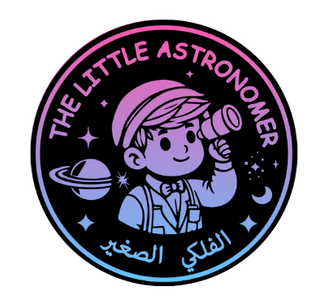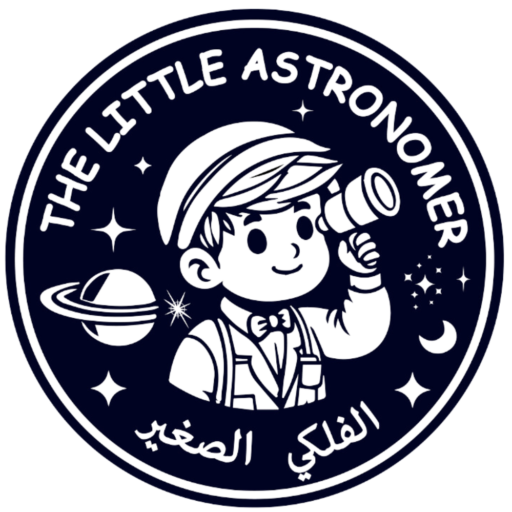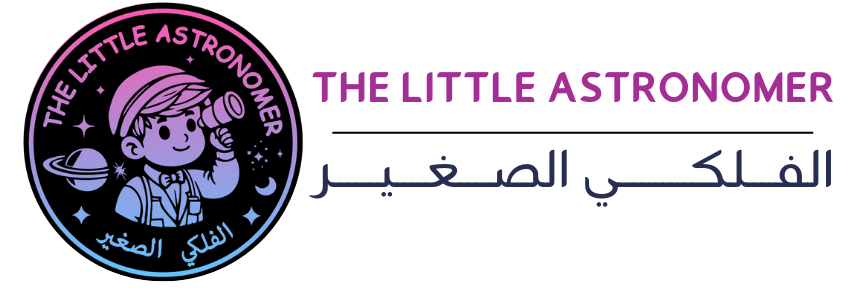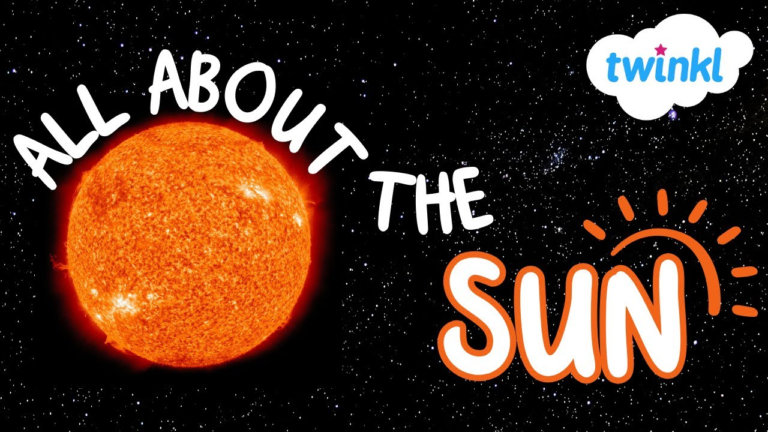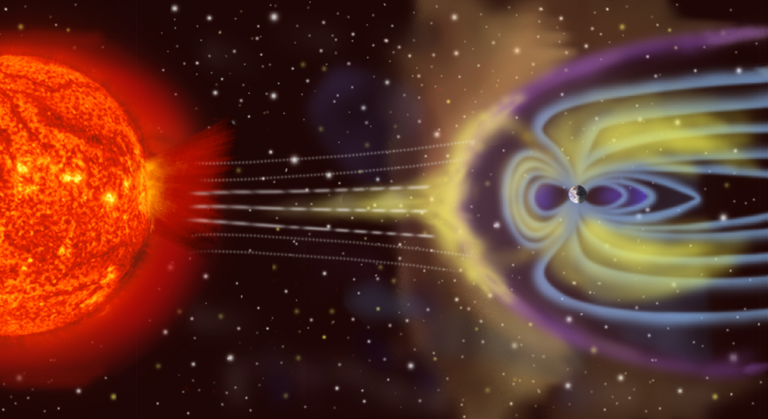
Exploring Stars and Constellations: Fun Facts for Kids
Stars and constellations have fascinated humans for thousands of years, lighting up the night sky with their brilliance and inspiring stories, myths, and scientific discovery. For young stargazers, learning about stars and constellations can be an exciting journey into the wonders of our universe. Let’s dive into some fun facts, recent discoveries, and simple ways to understand the stars above us!
What Are Stars?
Stars are giant balls of hot gas, primarily hydrogen and helium, held together by gravity. They shine because of nuclear fusion—a process that produces light and heat in their cores. Our Sun, for example, is a medium-sized star that provides energy for life on Earth. Stars come in different sizes, colors, and temperatures. Did you know that the color of a star can tell us how hot it is? Blue stars are the hottest, while red stars are cooler.
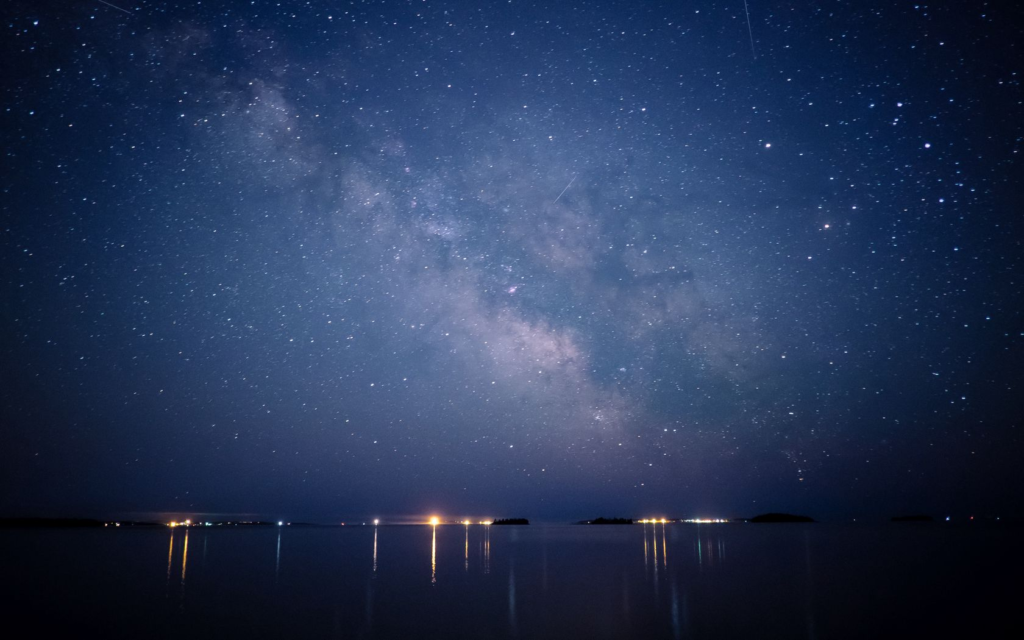
Fun Fact: How Many Stars Can We See?
On a clear night, away from city lights, you can see about 2,500 stars with the naked eye. But that’s just a tiny fraction of the estimated 100 billion stars in our Milky Way galaxy alone!
What Are Constellations?
Constellations are patterns of stars that people have imagined as shapes or figures. Ancient cultures used constellations to tell stories, navigate the seas, and mark the changing seasons. Some popular constellations include:
- Orion the Hunter: Look for Orion’s Belt, a straight line of three bright stars.
- Ursa Major (The Big Bear): Includes the Big Dipper, a handy guide to finding the North Star.
- Cassiopeia: A W-shaped constellation that’s easy to spot in the northern sky.

Fun Fact: Constellations Around the World
Different cultures have unique constellations. For example, in Chinese astronomy, the stars of the Big Dipper are part of the Northern Bushel, an important celestial symbol.
Recent Discoveries in Star Science
Thanks to modern telescopes like NASA’s Hubble Space Telescope and the James Webb Space Telescope, scientists are uncovering new secrets about stars. Some recent findings include:
- Star Birth: In star nurseries like the Orion Nebula, stars are born from clouds of gas and dust.
- Exoplanet Hosts: Many stars have planets orbiting them. Some of these exoplanets might even be like Earth!
- Supernova Mysteries: Astronomers are studying how massive stars explode as supernovae, spreading elements like iron and gold into space.
Simple Stargazing Tips for Kids
Stargazing is a fun way to learn about the universe. Here are some tips to get started:
- Find a Dark Spot: Avoid city lights for the best view of the stars.
- Use a Star Map: Apps and printed maps can help you identify constellations.
- Look for the Moon: Start with the Moon and nearby bright stars or planets.
- Be Patient: Let your eyes adjust to the dark for about 20 minutes.
Inspiring Curiosity
Stars and constellations are not just beautiful; they also remind us of the vastness and mystery of space. Whether you’re gazing at Orion’s Belt or learning about new star discoveries, there’s always more to explore.
For more stargazing fun, visit websites like NASA Space Place and European Space Agency Kids, which have great resources for young astronomers.
